Home>Home Appliances>Kitchen Appliances>How To Dehydrate Ginger In A Dehydrator
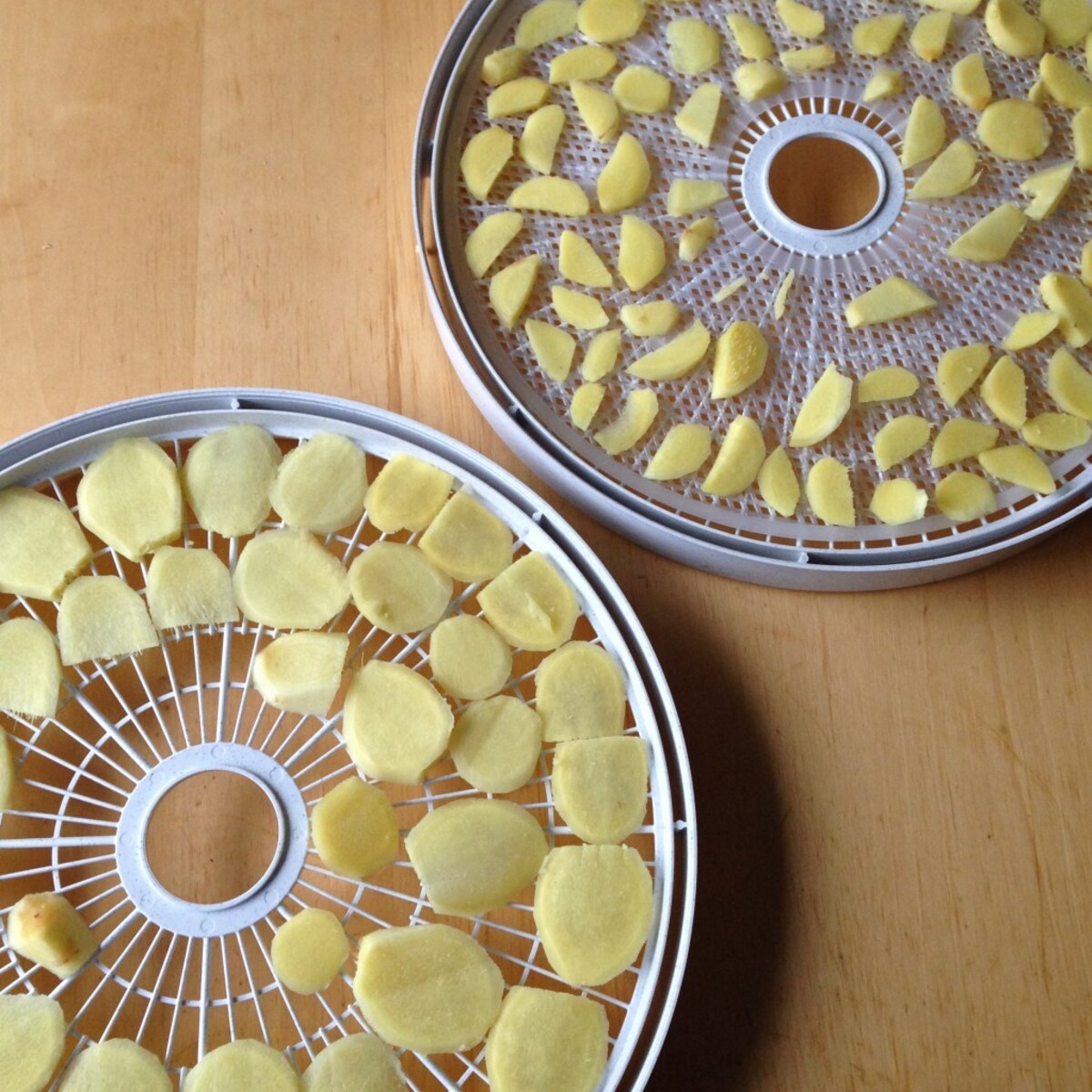

Kitchen Appliances
How To Dehydrate Ginger In A Dehydrator
Modified: August 27, 2024
Learn how to dehydrate ginger using a dehydrator with our easy-to-follow guide. Discover the best kitchen appliances for preserving your ginger at home.
(Many of the links in this article redirect to a specific reviewed product. Your purchase of these products through affiliate links helps to generate commission for Storables.com, at no extra cost. Learn more)
Introduction
Welcome to the wonderful world of dehydrating ginger! Whether you're an avid home cook, a health enthusiast, or a culinary adventurer, learning to dehydrate ginger in a dehydrator opens up a myriad of possibilities for enhancing flavors in your dishes and creating delightful homemade snacks. In this comprehensive guide, we'll explore the step-by-step process of dehydrating ginger, from selecting the freshest rhizomes to storing the finished product.
Dehydrating ginger is a fantastic way to preserve this versatile root, intensify its flavor, and extend its shelf life. Once dehydrated, ginger becomes a convenient pantry staple, ready to infuse your culinary creations with its distinctive zing. From adding a punch to your stir-fries and marinades to brewing a soothing cup of ginger tea, the uses for dehydrated ginger are abundant and diverse.
So, grab your dehydrator and let's embark on a flavorful journey as we delve into the art of dehydrating ginger!
Key Takeaways:
- Dehydrating ginger in a dehydrator intensifies its flavor and extends its shelf life, making it a convenient pantry staple for enhancing dishes and creating homemade snacks.
- Store dehydrated ginger in airtight containers in a cool, dark place to maintain its vibrant flavor and potency for up to a year, ready to enliven your culinary creations whenever inspiration strikes.
Read more: How To Store Ginger In Fridge
Choosing and Preparing Ginger
Before diving into the dehydrating process, it’s crucial to select the finest ginger rhizomes and prepare them properly. When choosing ginger, look for firm, smooth-skinned rhizomes with a spicy fragrance. Avoid any with mold, wrinkles, or soft spots, as these indicate age or spoilage.
Once you’ve chosen your ginger, it’s time to prepare it for dehydration. Start by rinsing the rhizomes under cool water to remove any dirt or debris. You can use a vegetable brush to gently scrub the skin, ensuring it’s clean before slicing.
Next, using a sharp knife or vegetable peeler, carefully remove the outer skin of the ginger. Peeling the ginger not only cleans it but also removes any tough, fibrous texture, resulting in a more pleasant dehydrated product.
After peeling, slice the ginger into uniformly thin pieces. A mandoline slicer can be handy for achieving consistent thickness, but a sharp knife and a steady hand work just as well. Aim for slices that are about 1/8 to 1/4 inch thick, as this thickness allows the ginger to dehydrate evenly and efficiently.
For those who prefer a hands-off approach, slicing the ginger into thin rounds using a food processor with a slicing attachment can save time and effort, ensuring uniform slices for even dehydration.
Once the ginger is sliced, pat it dry with a paper towel to remove excess moisture. Drier ginger slices will dehydrate more effectively, resulting in a better-quality end product.
With your ginger sliced and prepped, you’re now ready to move on to the dehydrating process, where the magic truly begins!
Dehydrating Ginger
Now that your ginger is meticulously prepared, it’s time to fire up the dehydrator and start the dehydration process. Dehydrating ginger not only concentrates its flavor but also extends its shelf life, allowing you to enjoy its distinct taste and aroma for an extended period.
Set your dehydrator to a temperature between 125°F and 135°F (approximately 50°C to 57°C). The low and gentle heat of the dehydrator will gradually remove the moisture from the ginger while preserving its essential oils and flavor compounds.
Arrange the ginger slices in a single layer on the dehydrator trays, ensuring that there is space between each slice for proper air circulation. This facilitates even drying and prevents the ginger from sticking together during the process.
Depending on the dehydrator model and the thickness of the ginger slices, the dehydration process typically takes around 4 to 6 hours. Periodically check the progress of the ginger, rotating the trays if necessary for uniform drying.
The ginger is ready when it is completely dry, brittle, and snaps easily when bent. It should not feel moist or pliable to the touch. Thicker slices may take longer to dehydrate, so exercise patience and monitor the process closely as the ginger approaches its optimal dryness.
Once the ginger slices are fully dehydrated, remove them from the dehydrator and allow them to cool to room temperature. At this point, you may want to conduct a final check to ensure that all the slices are uniformly dry and free from any residual moisture.
With the dehydrating process complete, you now have a batch of wonderfully fragrant and concentrated ginger slices ready for storage and future use. Let’s move on to the next step and discuss the best practices for storing your dehydrated ginger!
Before dehydrating ginger in a dehydrator, make sure to peel the ginger and slice it thinly for even drying. It’s also a good idea to pre-treat the ginger slices with lemon juice to prevent browning.
Storing Dehydrated Ginger
Proper storage is essential to maintain the quality and flavor of your dehydrated ginger over time. By storing it correctly, you can ensure that it remains fresh and potent, ready to impart its delightful essence to your culinary creations whenever you need it.
Once the ginger slices have cooled to room temperature after dehydration, transfer them to an airtight container. Glass jars with tight-sealing lids or food-grade plastic containers with secure closures are excellent choices for storing dehydrated ginger. Make sure the container is clean and completely dry before adding the ginger slices to prevent any moisture from compromising their quality.
It’s advisable to store the airtight container of dehydrated ginger in a cool, dark place, such as a pantry or cupboard. Exposure to light, heat, and humidity can diminish the flavor and potency of the ginger over time, so it’s best to keep it in a location with stable, moderate temperatures.
If you’ve dehydrated a substantial amount of ginger and don’t anticipate using it all at once, consider dividing it into smaller portions and storing them separately. This way, you can open and access only the amount you need, minimizing the exposure of the remaining ginger to air and moisture.
Label the storage container with the date of dehydration to keep track of its freshness. While properly stored dehydrated ginger can retain its quality for up to a year, it’s always beneficial to know when it was prepared to ensure optimal flavor and potency.
By following these storage guidelines, you can preserve the vibrant flavor and aroma of your dehydrated ginger, ready to enliven your dishes with its distinctive character whenever the culinary inspiration strikes.
Now that you’ve mastered the art of dehydrating and storing ginger, let’s explore the myriad ways you can incorporate this versatile ingredient into your culinary repertoire!
Using Dehydrated Ginger
With your stash of dehydrated ginger at the ready, it’s time to unleash its potent flavor and aromatic charm in a variety of culinary applications. Whether you’re a seasoned chef or an enthusiastic home cook, dehydrated ginger offers convenience and versatility, elevating the taste of both savory and sweet dishes.
One of the simplest and most popular uses for dehydrated ginger is to rehydrate it before incorporating it into recipes. To rehydrate the ginger, simply soak the desired amount of slices in warm water for 15 to 20 minutes, or until they become plump and tender. Once rehydrated, the ginger can be finely chopped, minced, or pureed to seamlessly blend into sauces, dressings, soups, and marinades, infusing your dishes with its piquant essence.
For a delightful twist in baking and dessert-making, finely grind the dehydrated ginger slices into a powder using a spice grinder or mortar and pestle. This aromatic ginger powder can be incorporated into cakes, cookies, breads, and confections, imparting a warm, spicy note that harmonizes beautifully with sweet ingredients such as cinnamon, nutmeg, and cloves.
Dehydrated ginger also shines as a flavorful addition to homemade spice blends. Combine it with other dried herbs and spices, such as garlic, turmeric, and cumin, to create custom seasoning mixes for seasoning meats, vegetables, and grains. The concentrated flavor of dehydrated ginger ensures that your spice blends pack a punch, enhancing the taste of your dishes with minimal effort.
Furthermore, dehydrated ginger can be steeped in hot water to brew a soothing and invigorating ginger tea. Simply place a few slices of dehydrated ginger in a mug, pour hot water over them, and allow the ginger to infuse the water for several minutes. You can also add honey, lemon, or a cinnamon stick for added flavor and complexity.
By harnessing the versatility of dehydrated ginger, you can effortlessly enliven your culinary creations with its distinctive warmth and zest, adding depth and character to an array of dishes and beverages.
Now that you’re well-versed in the art of dehydrating, storing, and using ginger, it’s time to unleash your creativity in the kitchen and savor the delightful flavors that dehydrated ginger brings to your table!
Frequently Asked Questions about How To Dehydrate Ginger In A Dehydrator
Was this page helpful?
At Storables.com, we guarantee accurate and reliable information. Our content, validated by Expert Board Contributors, is crafted following stringent Editorial Policies. We're committed to providing you with well-researched, expert-backed insights for all your informational needs.
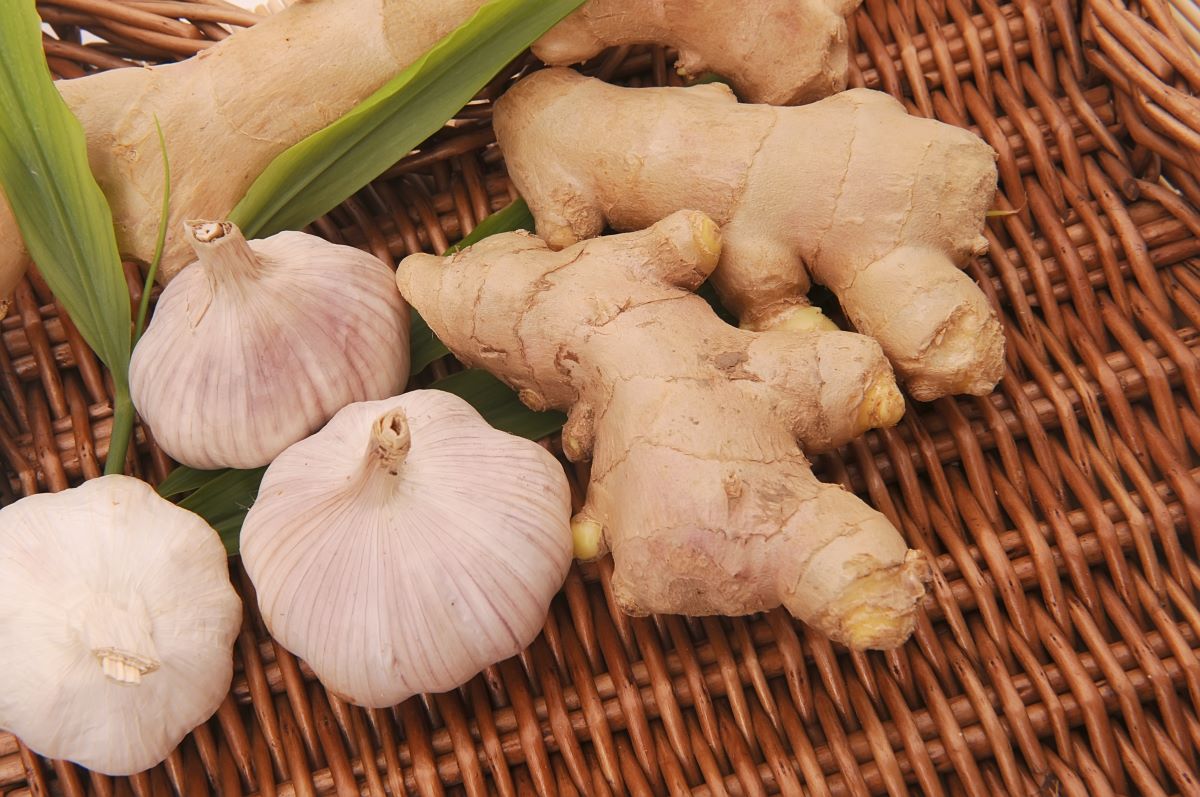
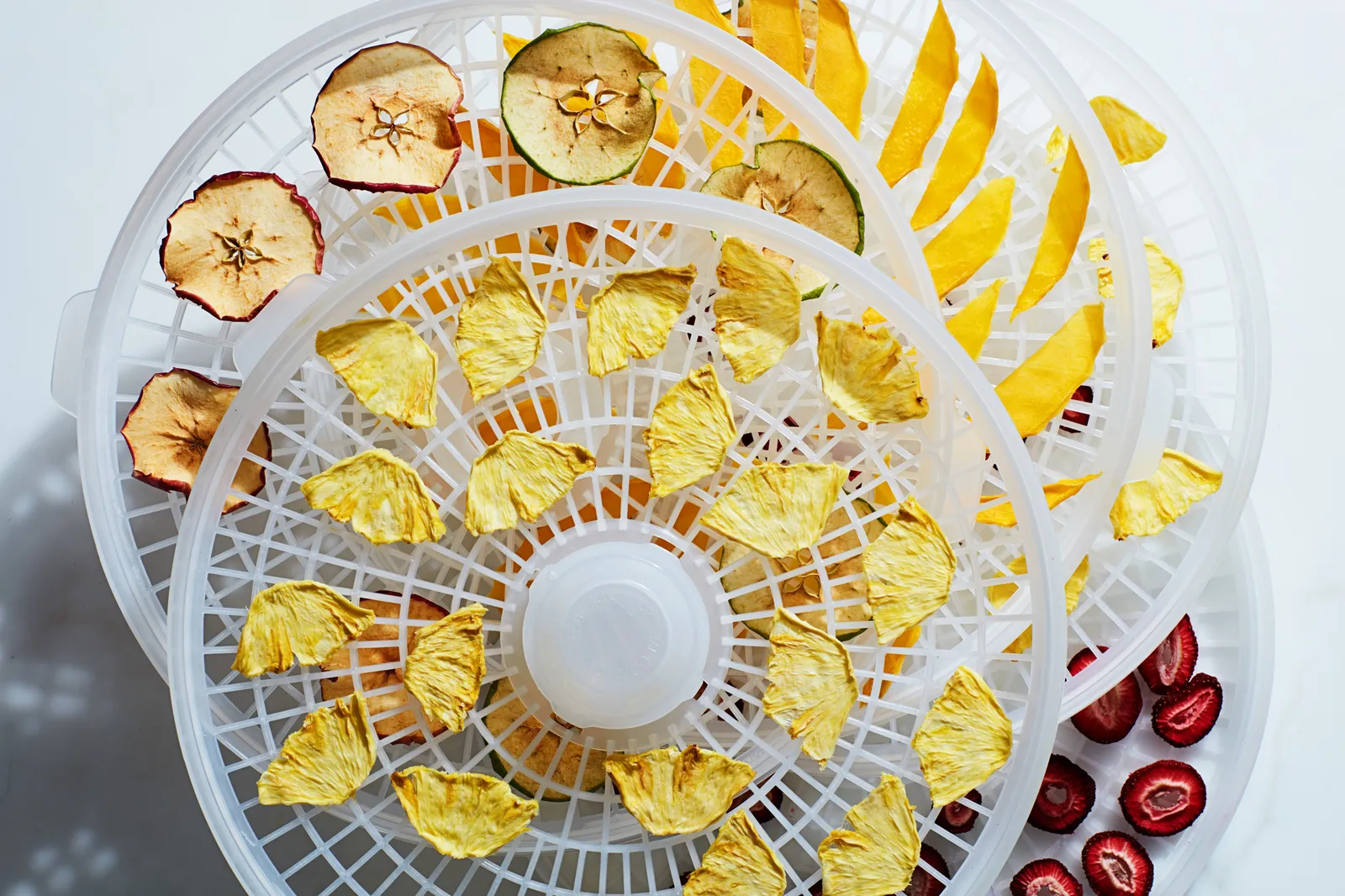
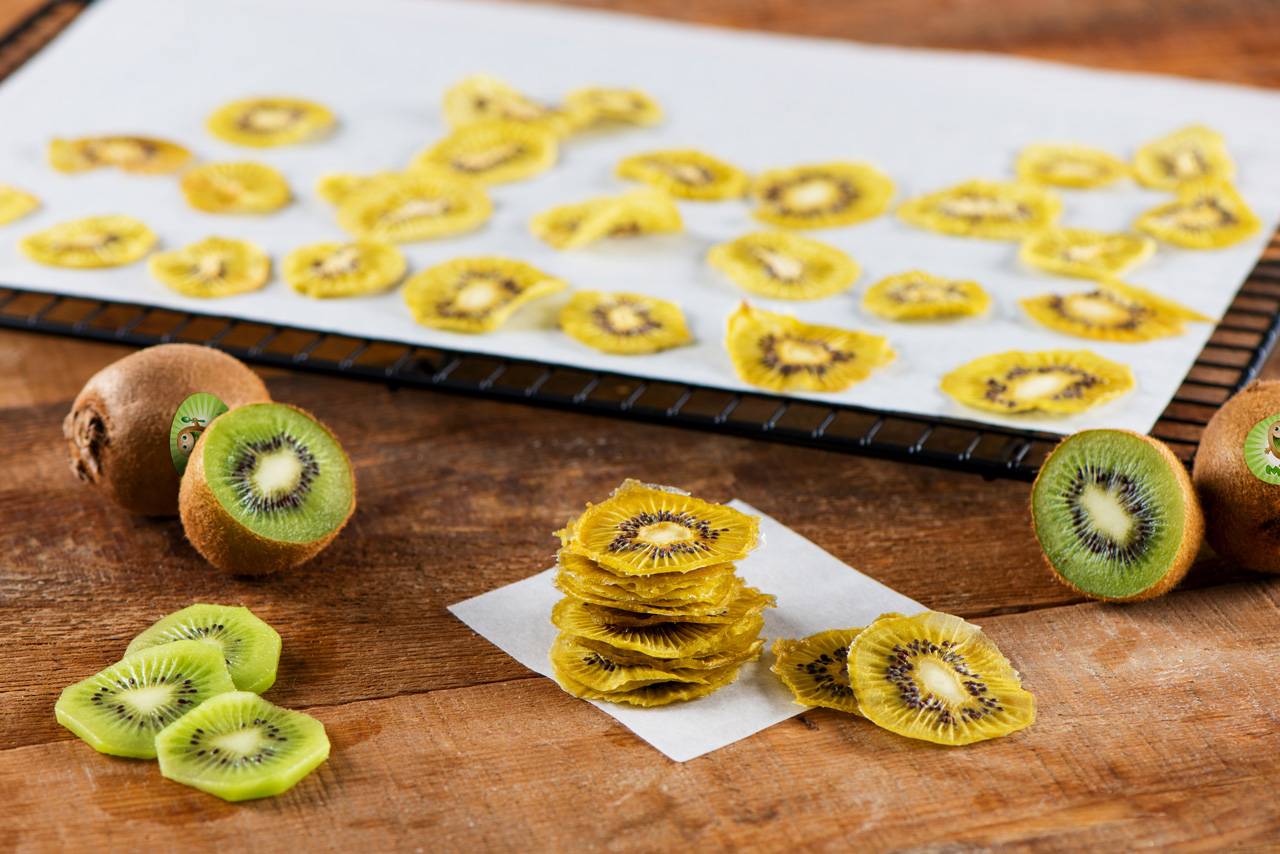
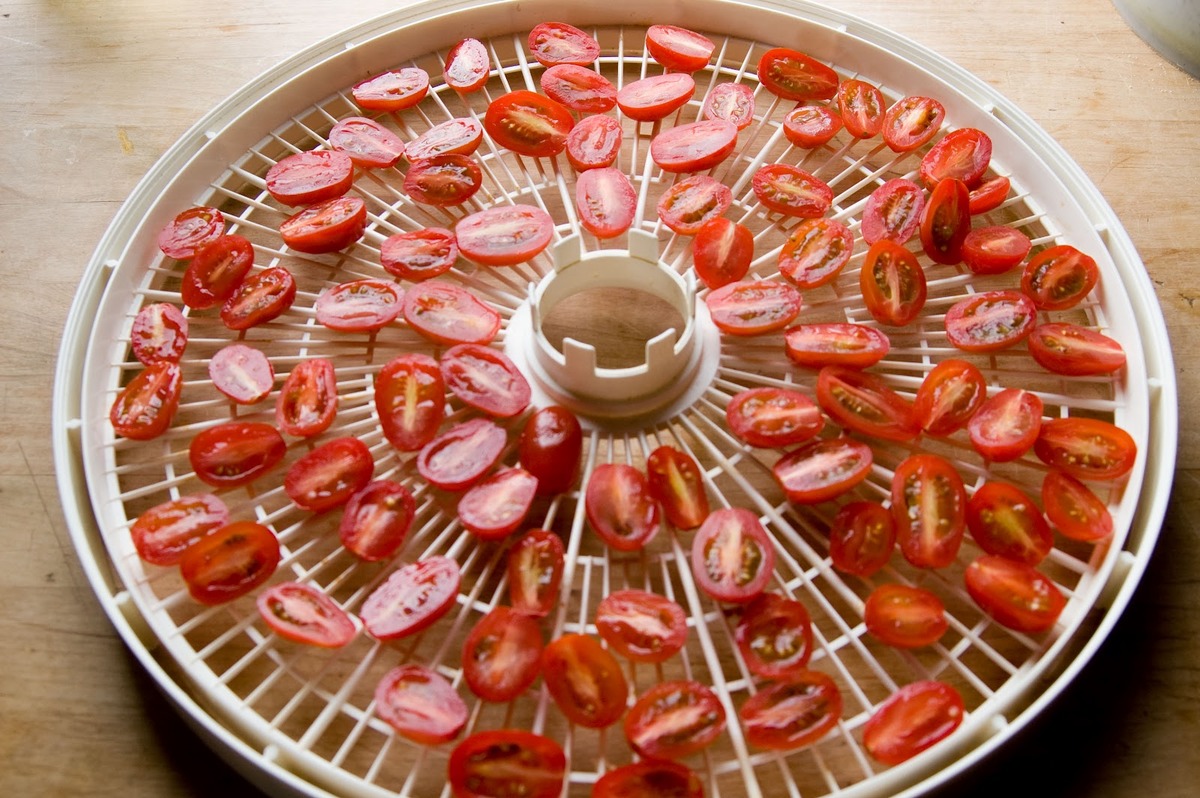
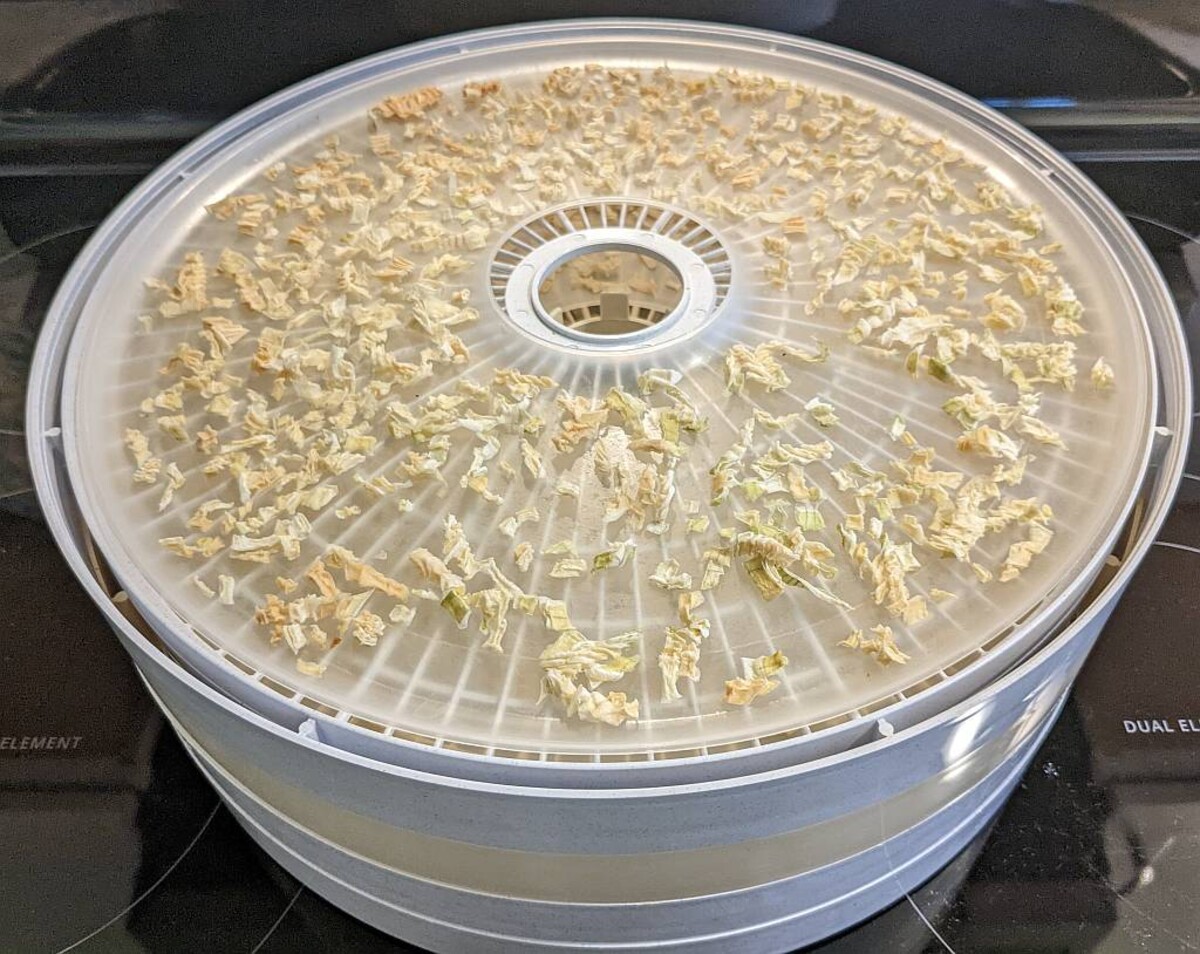
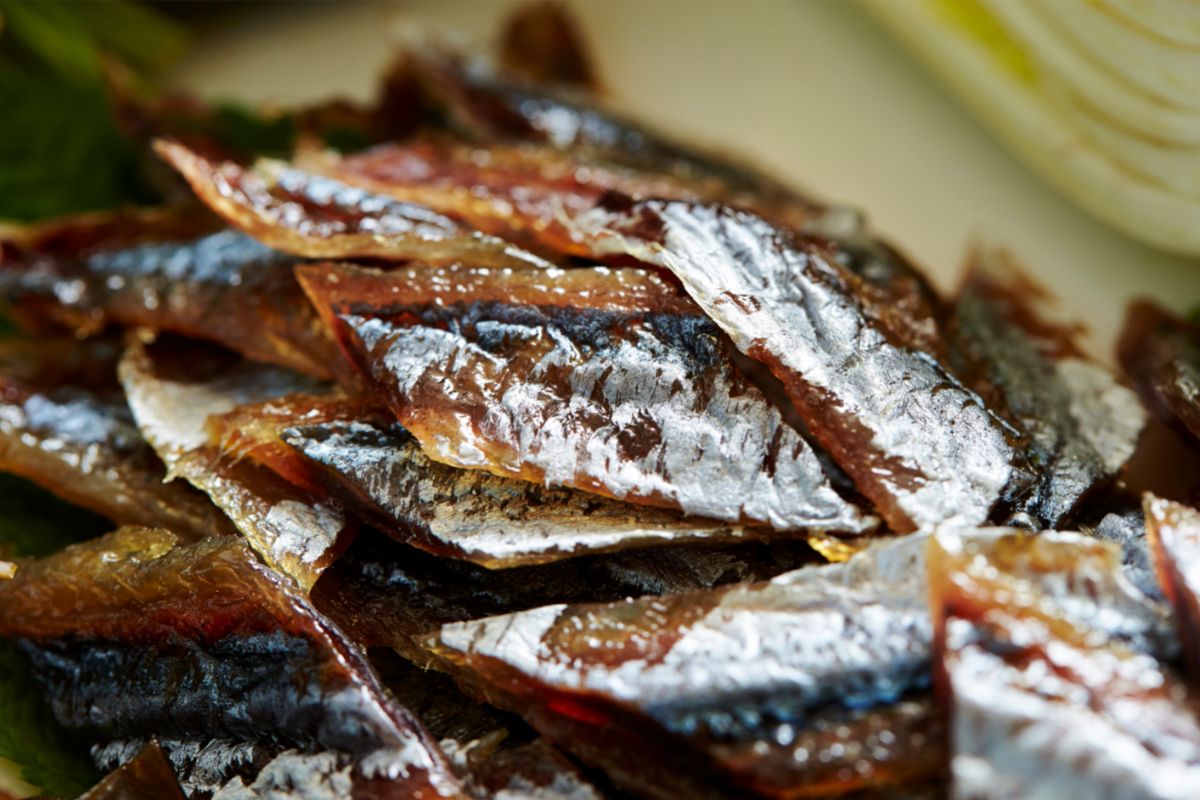


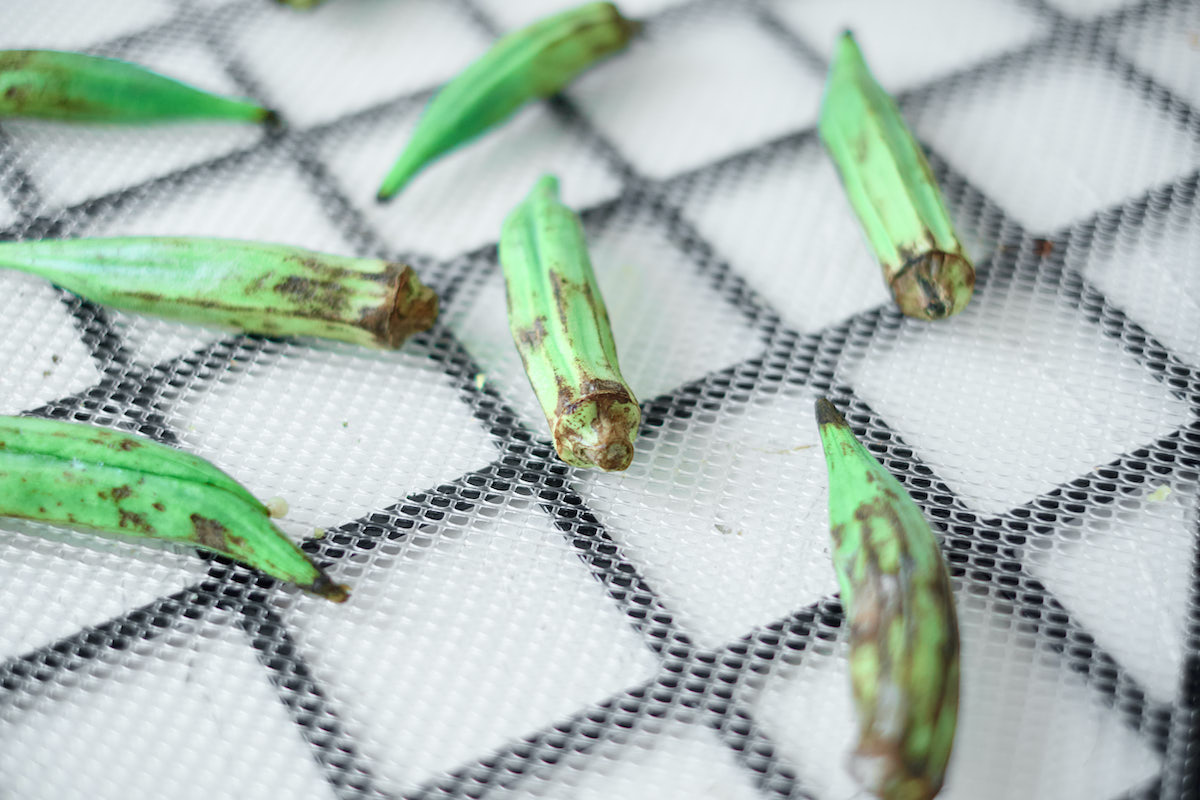
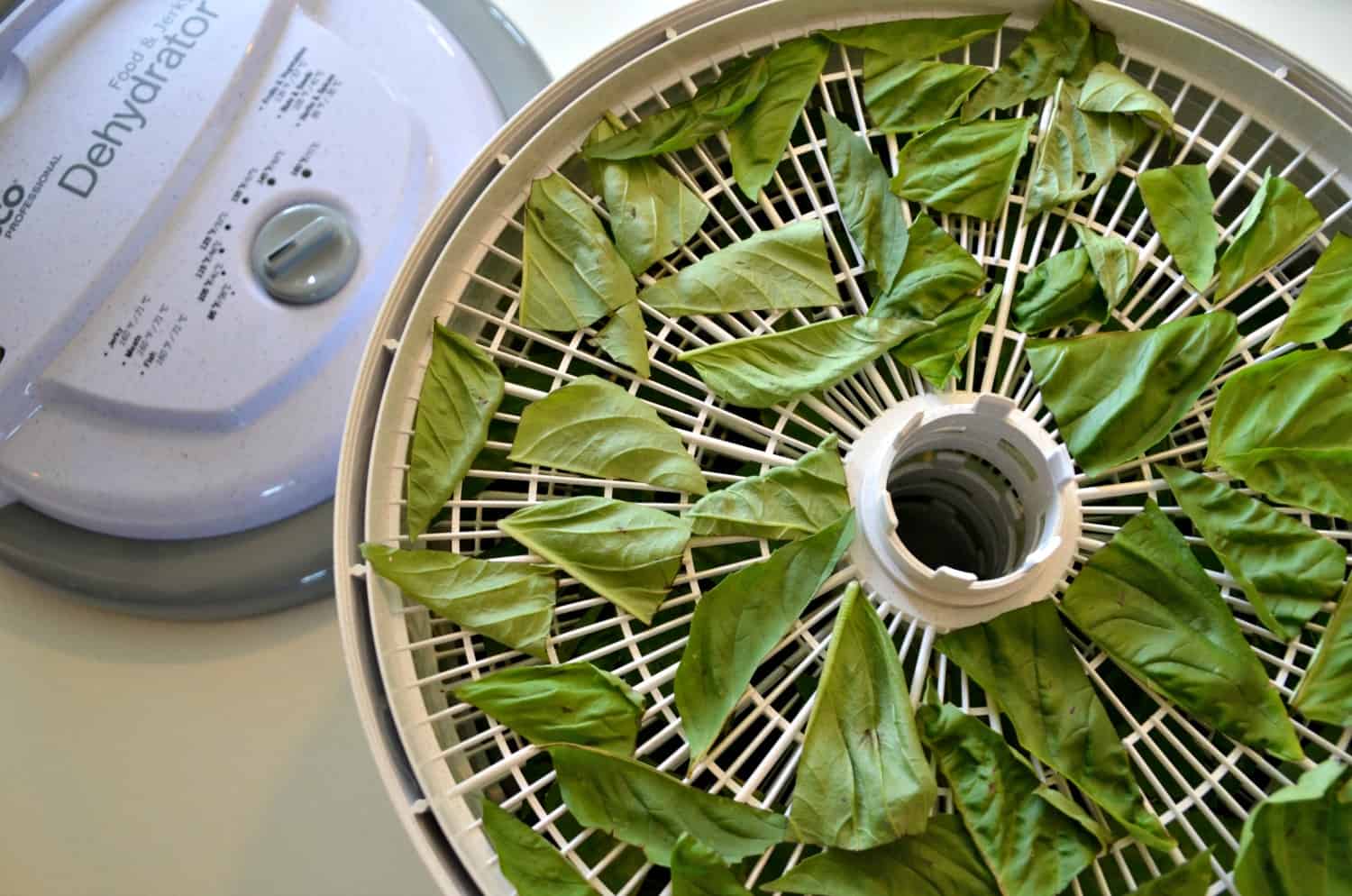
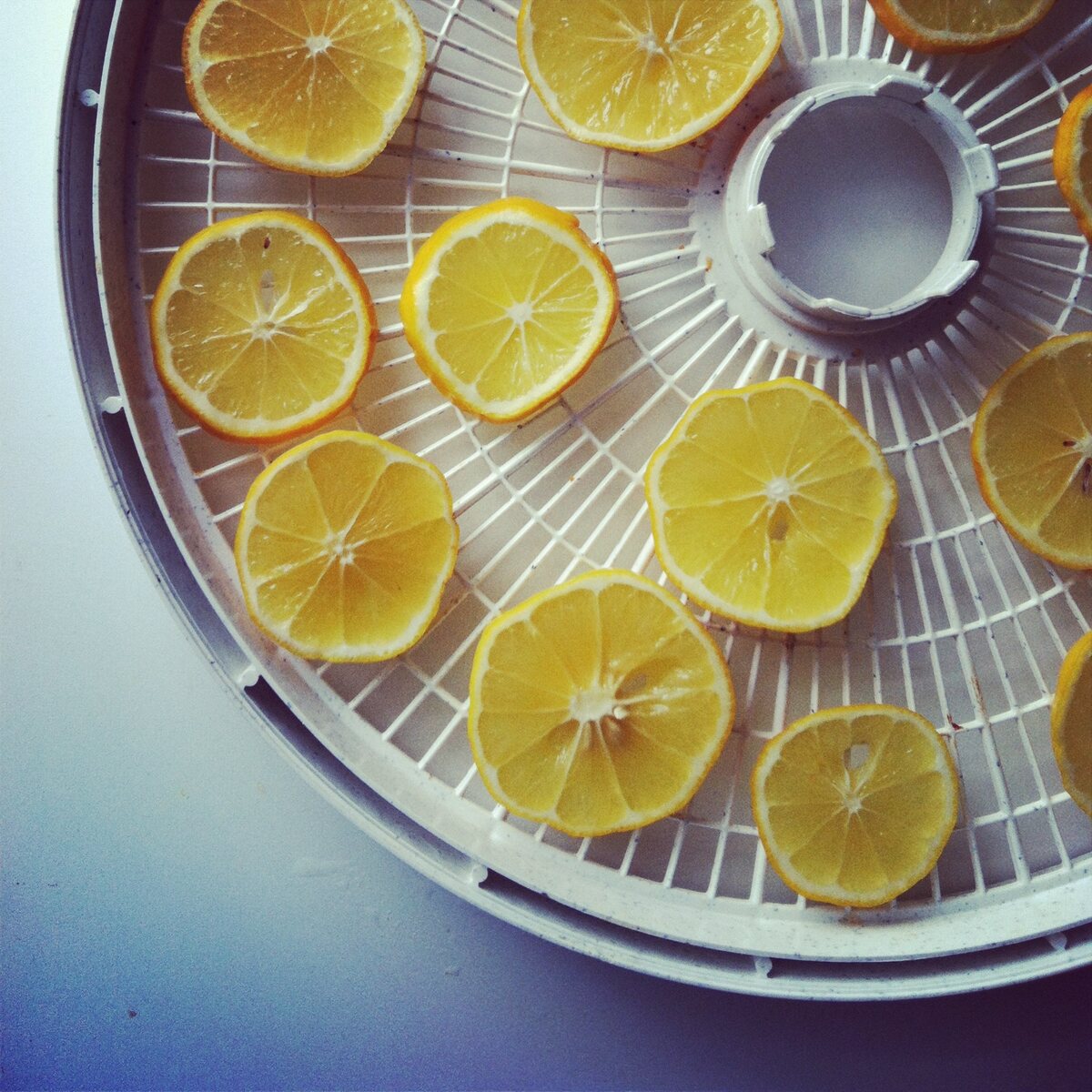
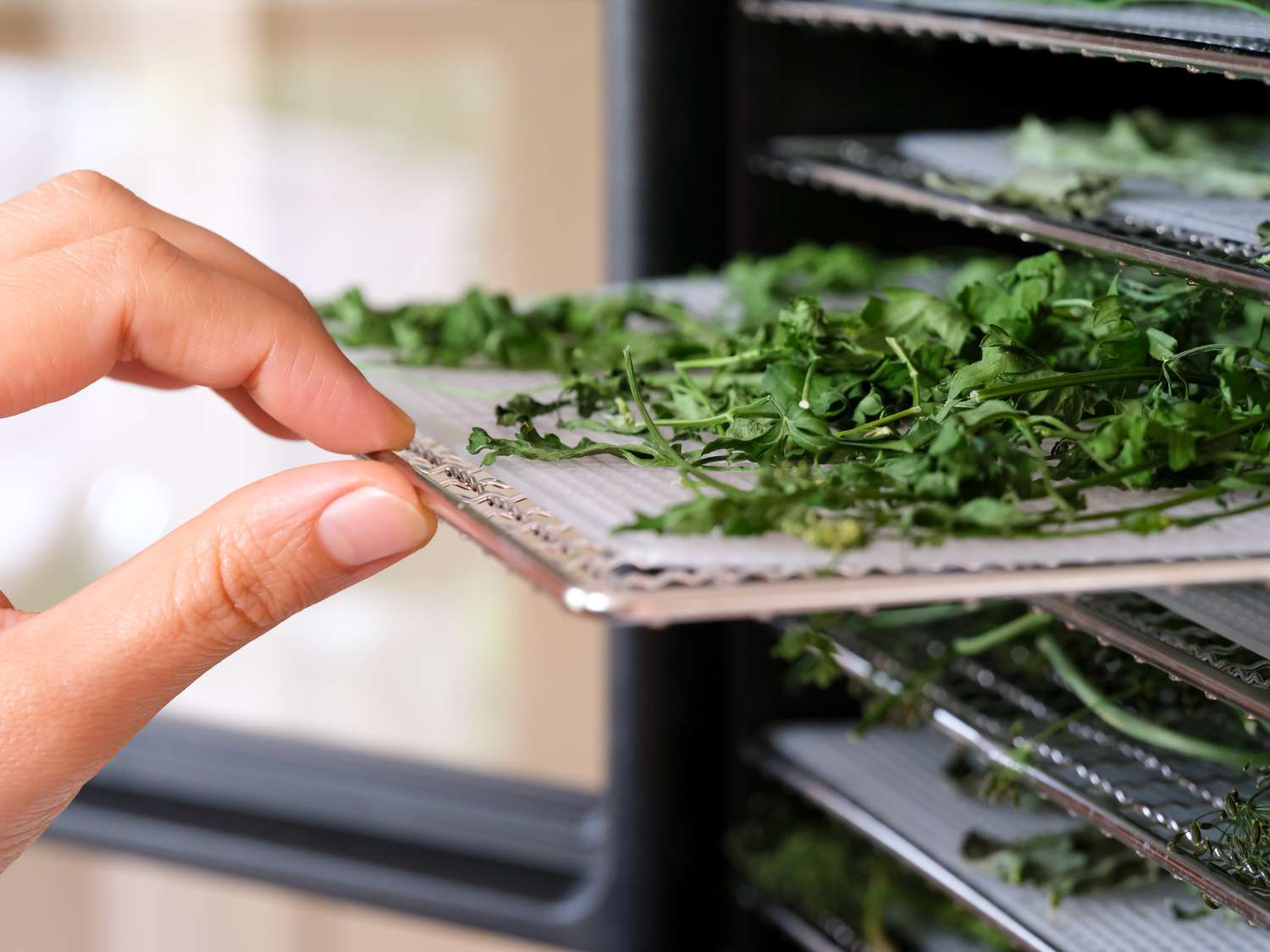
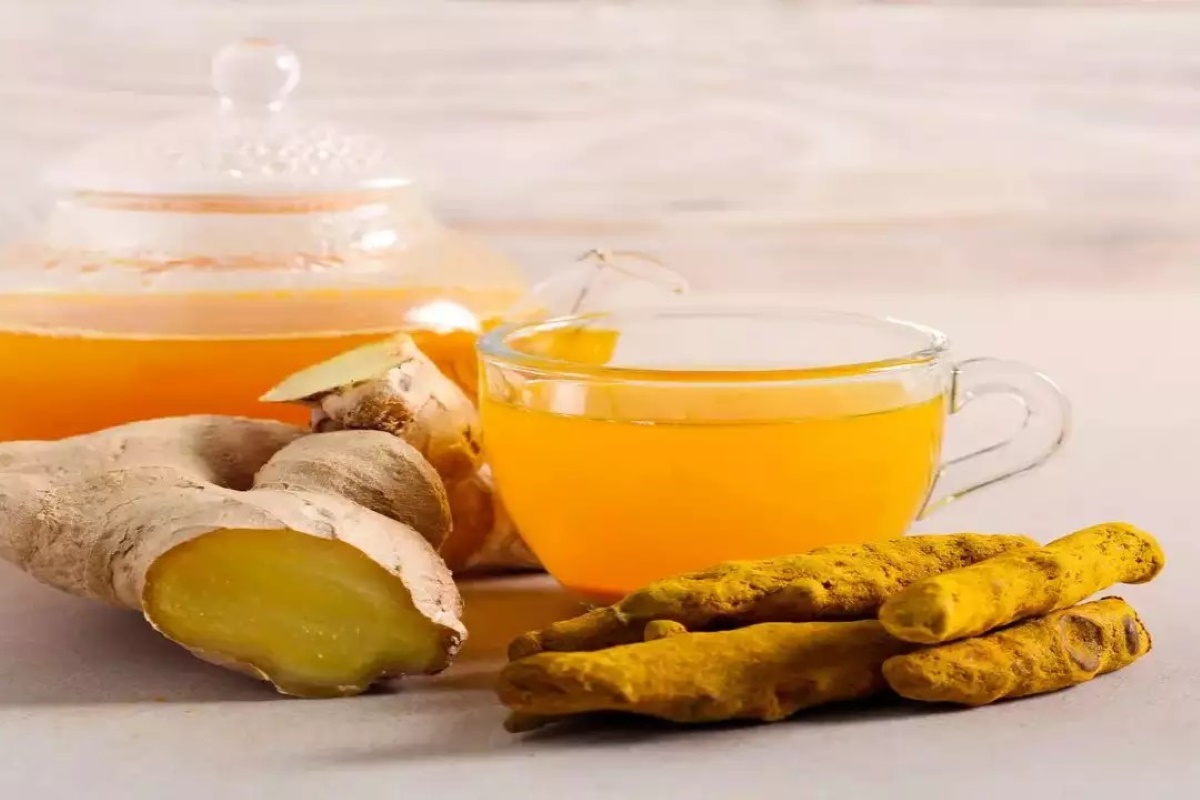
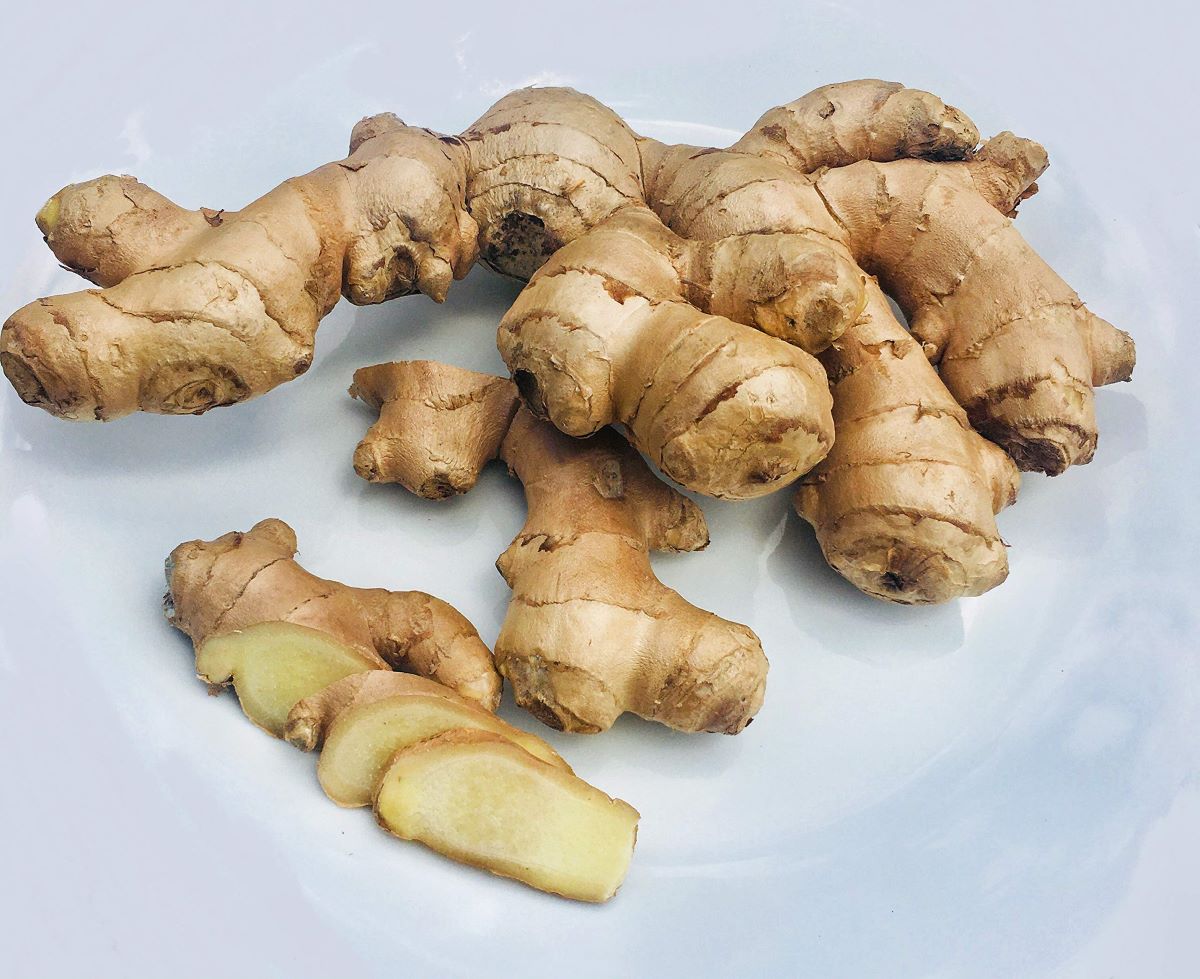
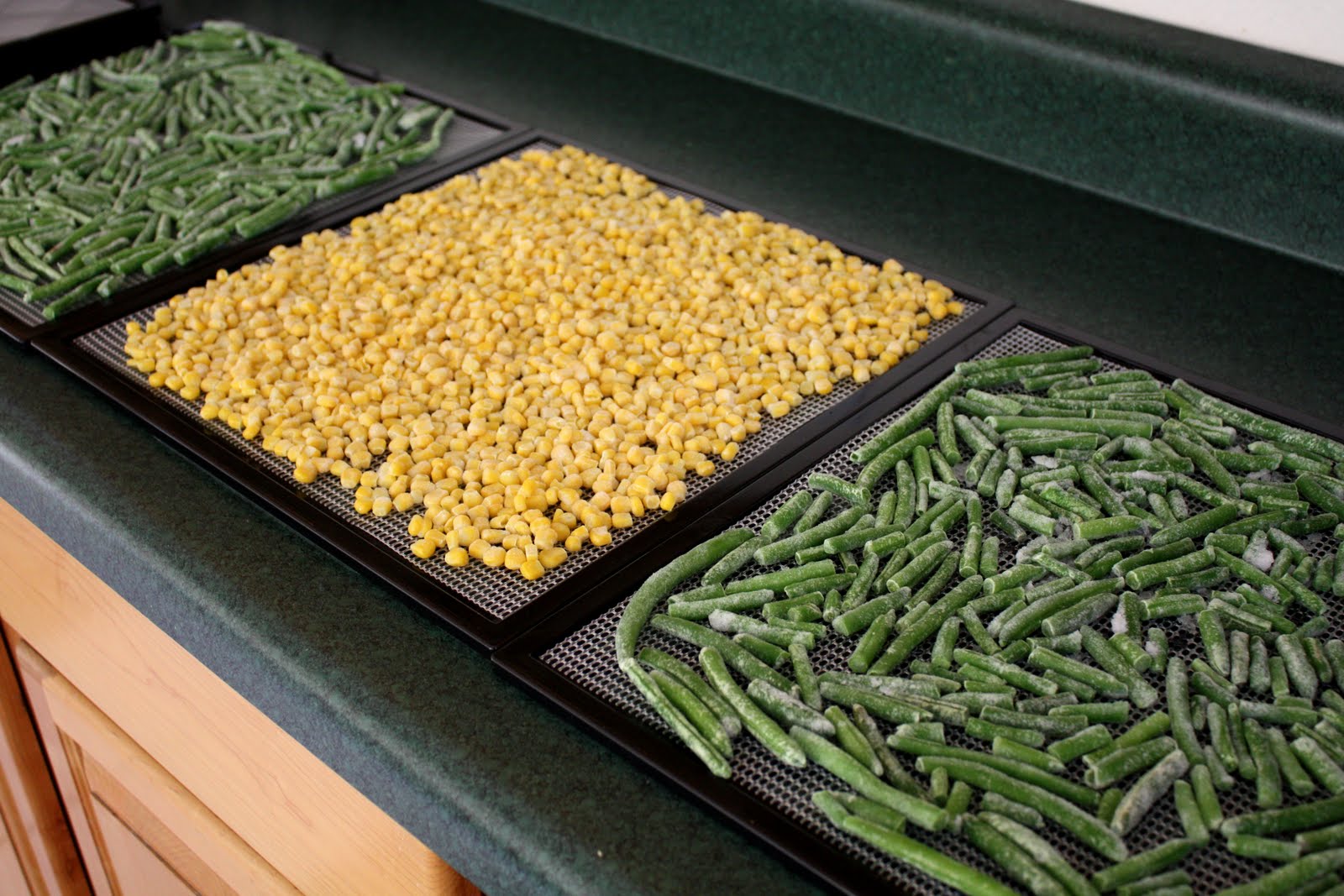

0 thoughts on “How To Dehydrate Ginger In A Dehydrator”